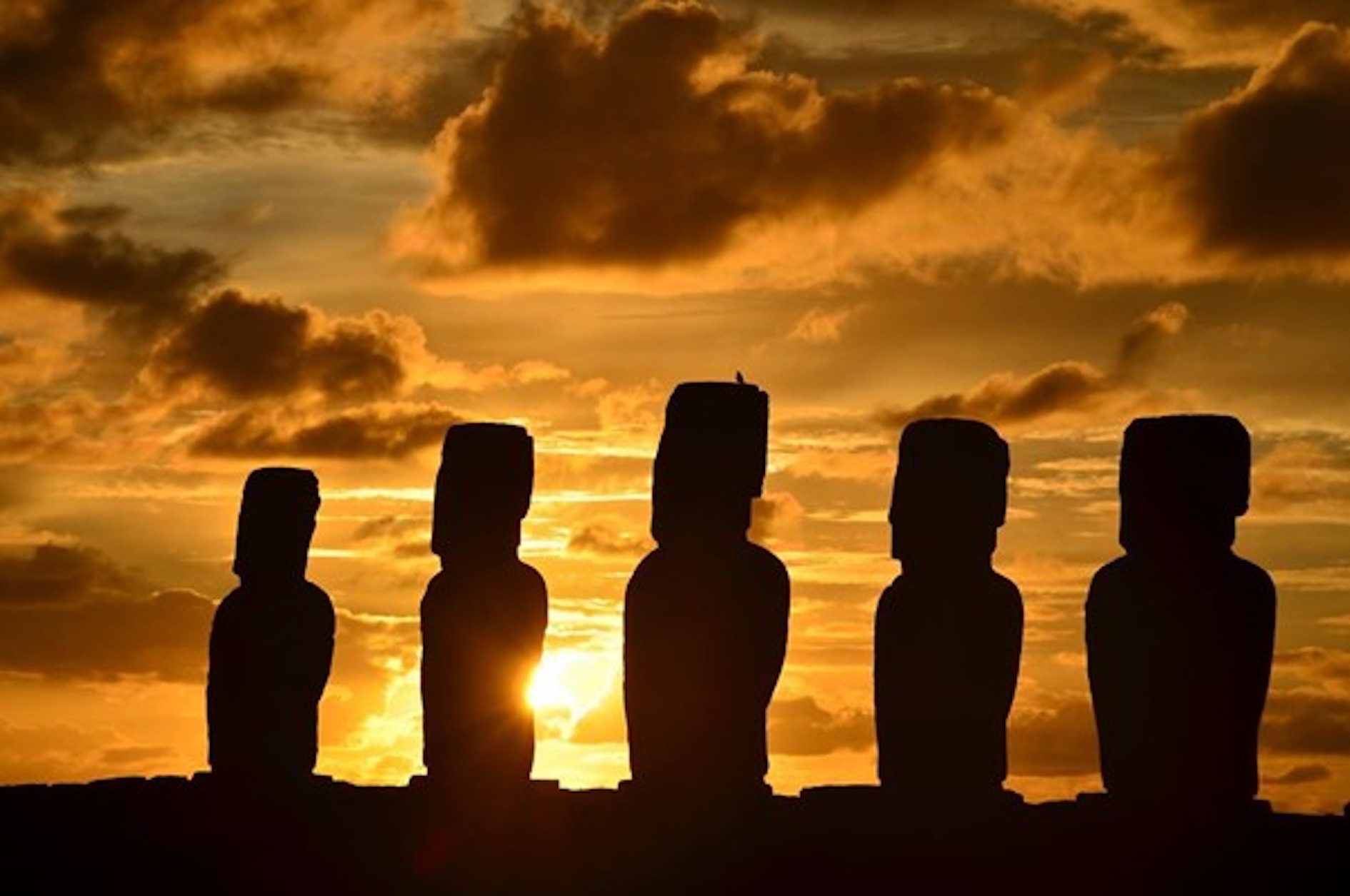Study: DNA Analysis Challenges Easter Island 'Ecocide' Theory

The Facts
A new genomic analysis published in Nature on Wednesday found no evidence that the indigenous population of the Pacific island of Rapa Nui, or Easter Island, suffered a self-inflicted collapse due to overexploiting natural resources, challenging Jared Diamond's popular "ecocide" theory.
This comes as genetic data of the bones and teeth of 15 Rapanui individuals suggests that the island's population grew from the 13th century until the mid-19th century and fell as a result of Peruvian slave raids and an outbreak of smallpox.
The Spin
Establishment-critical narrative
The Rapa Nui collapse myth has been debunked year after year for decades — and these latest findings support that there was no such thing as a Rapa Nui "ecocide." However, given that this enduring lie is all too convenient for green activists and masks the impacts of European colonialism, this is hardly the last nail in the coffin of this narrative.
Pro-establishment narrative
Even if evidence comes to show that Diamond was wrong to choose Rapa Nui as an example of ecocide, the most important issue in his work was to raise awareness about the threat that anthropogenic environmental degradation poses to humanity. Now, the international community has created a legal definition of ecocide to criminalize such damages.


